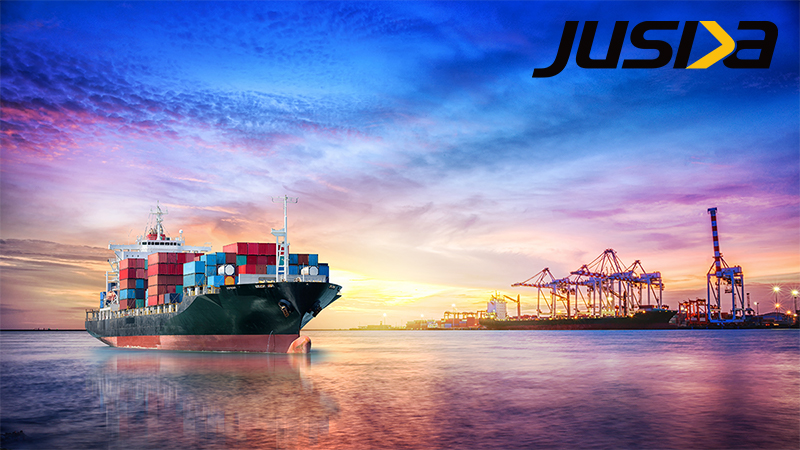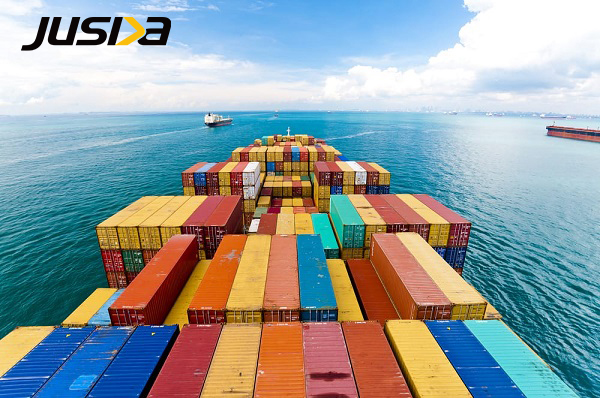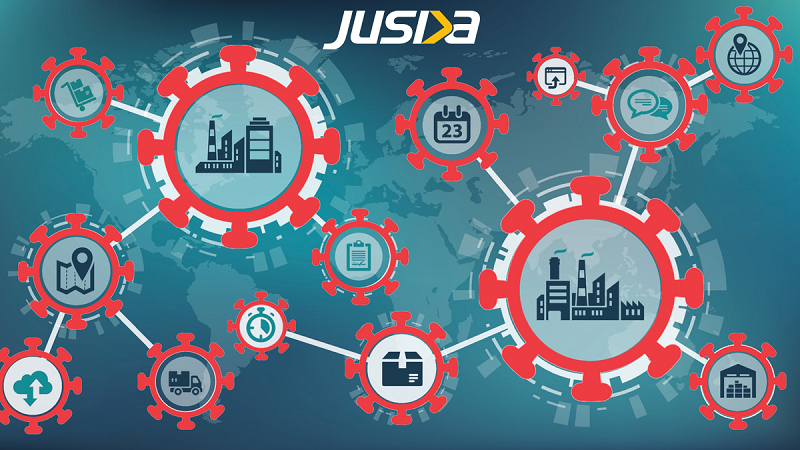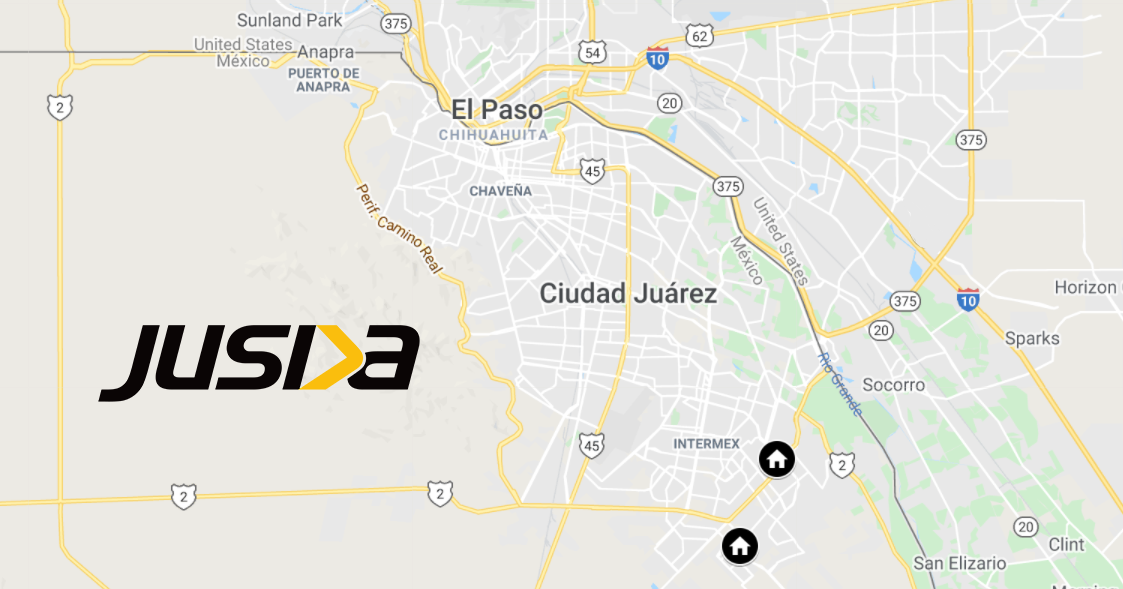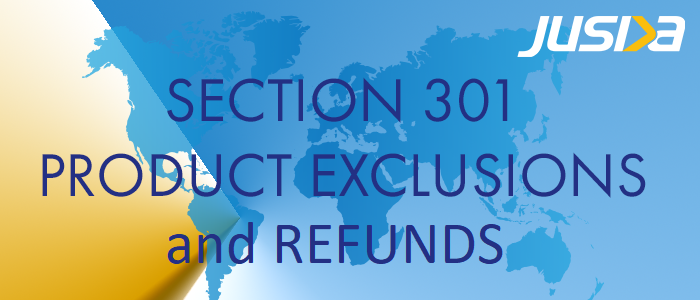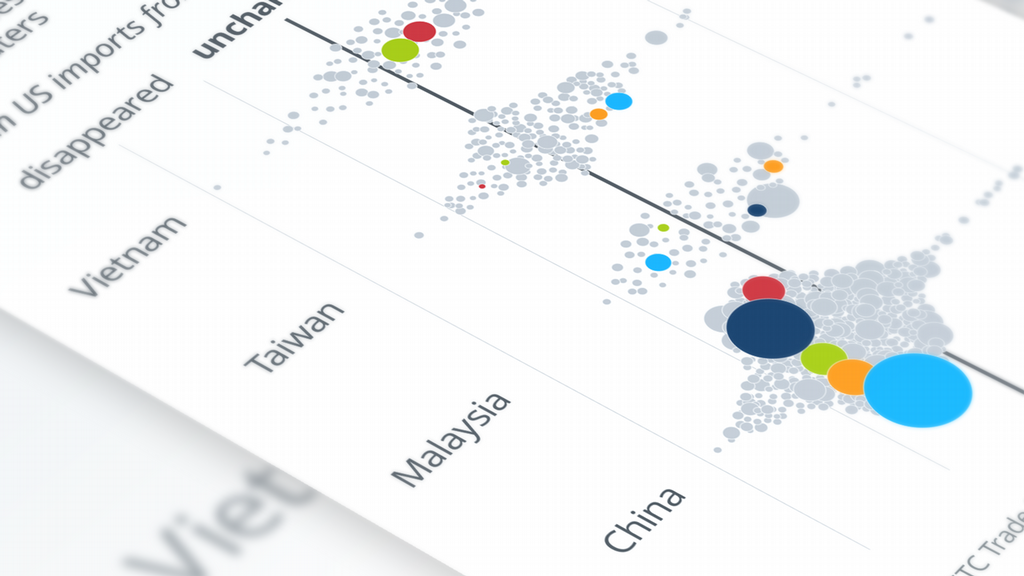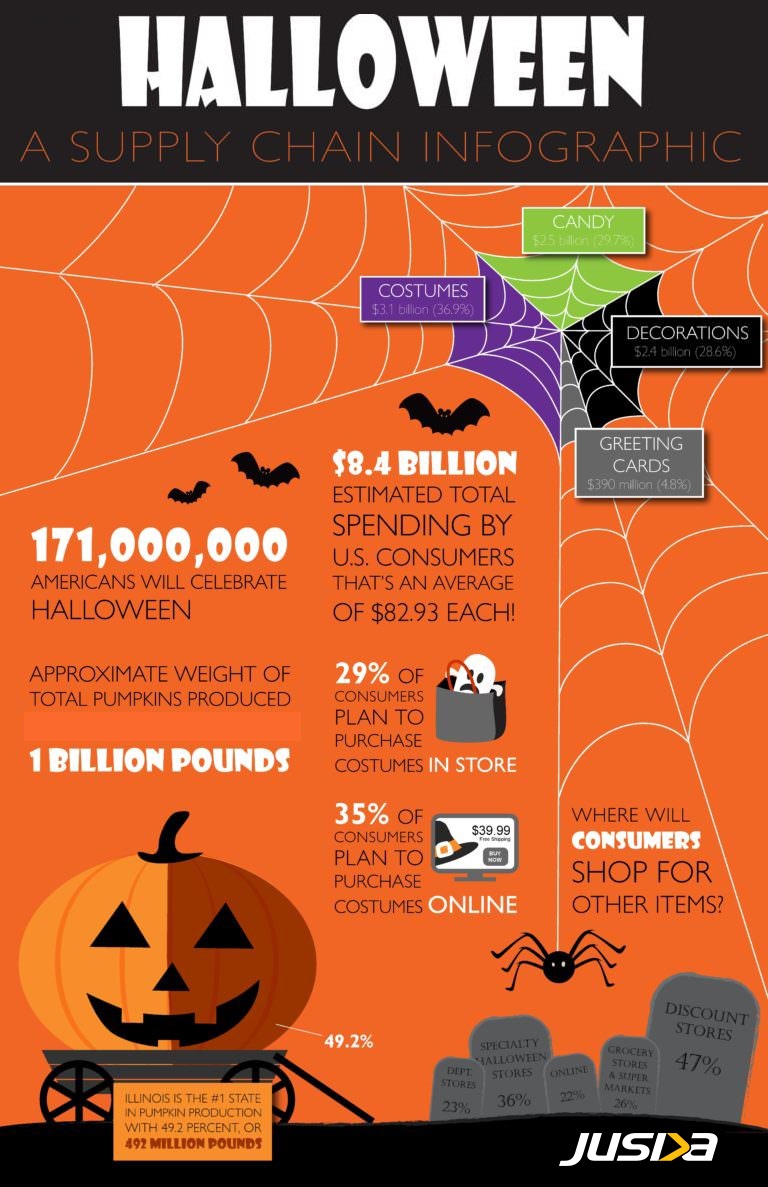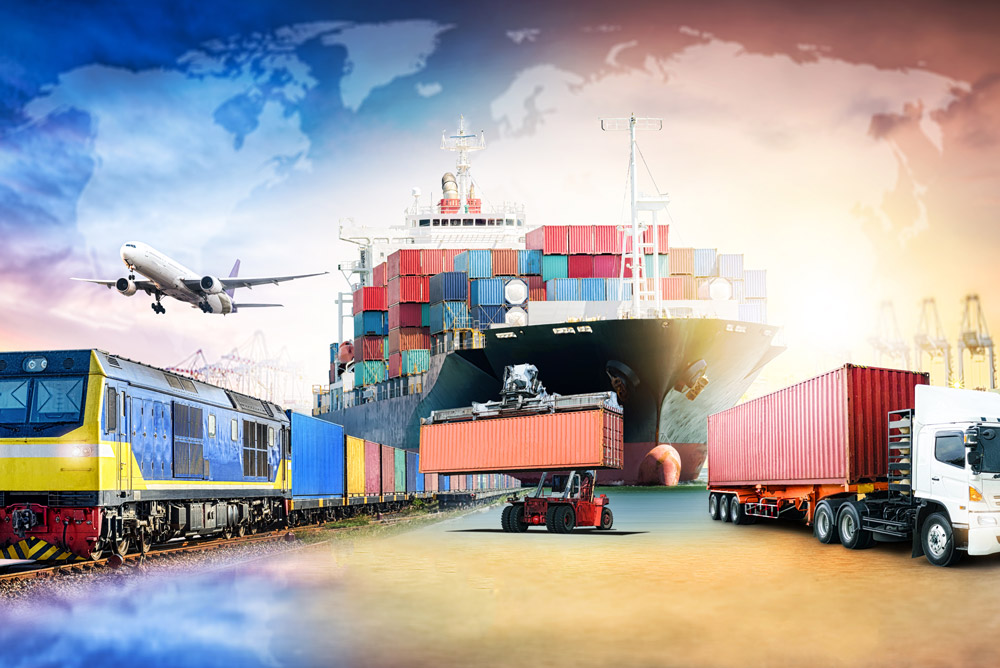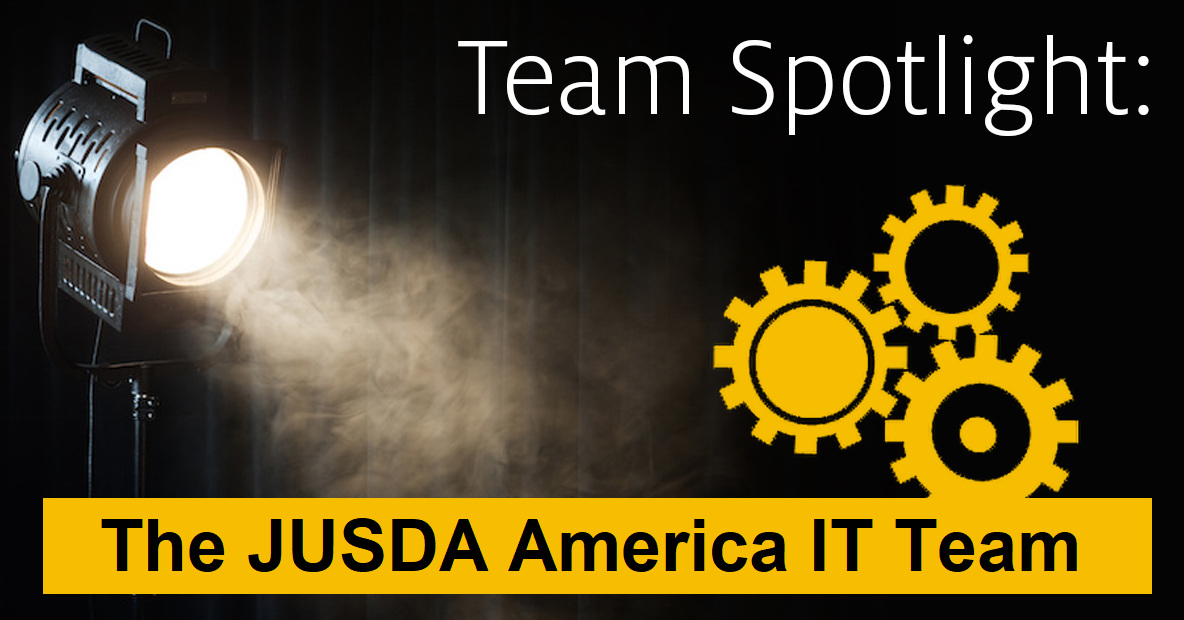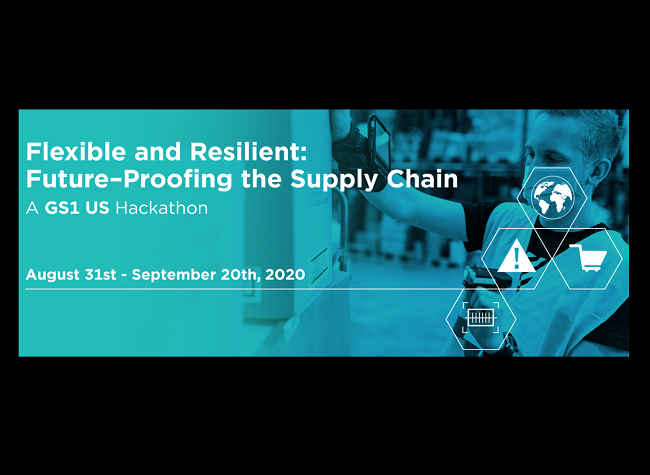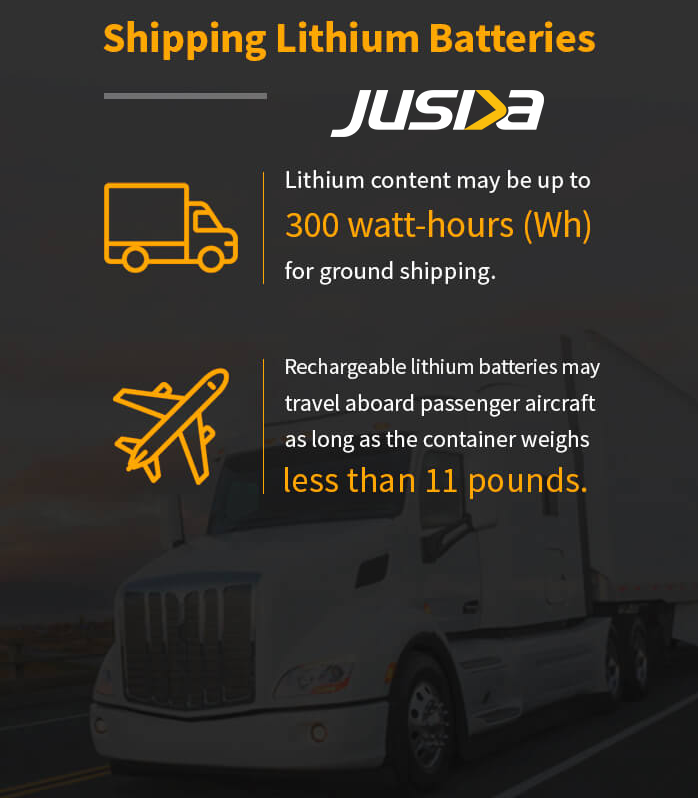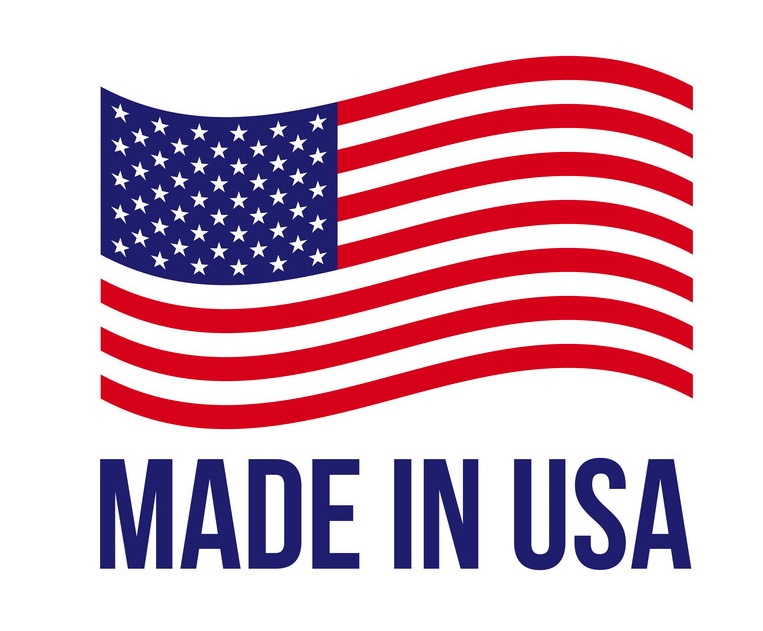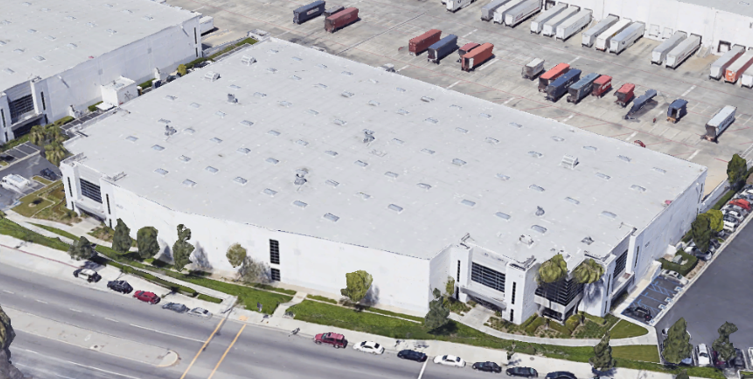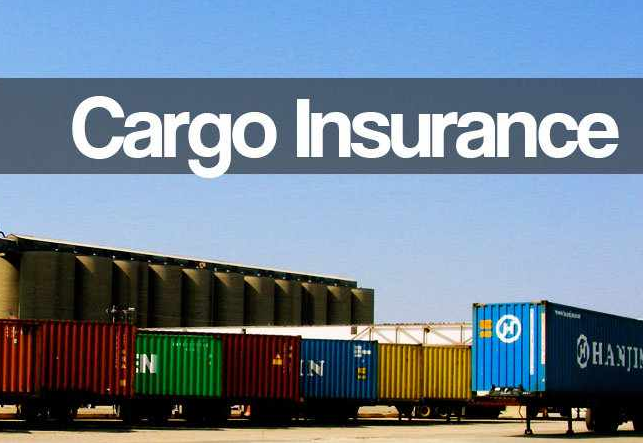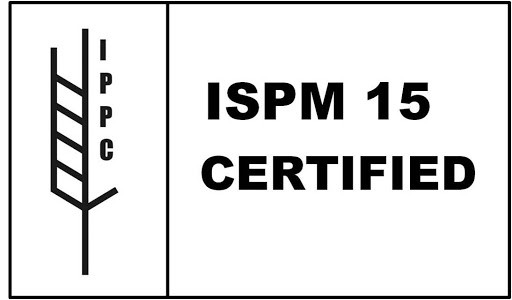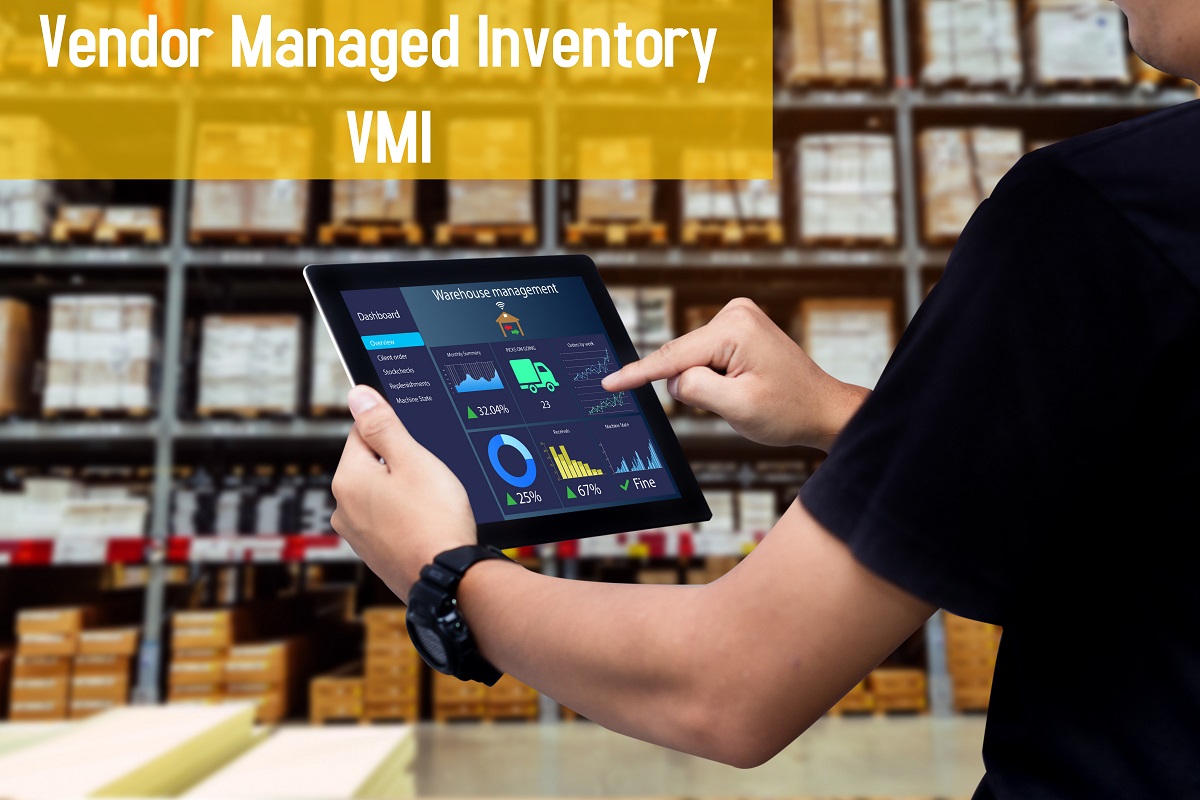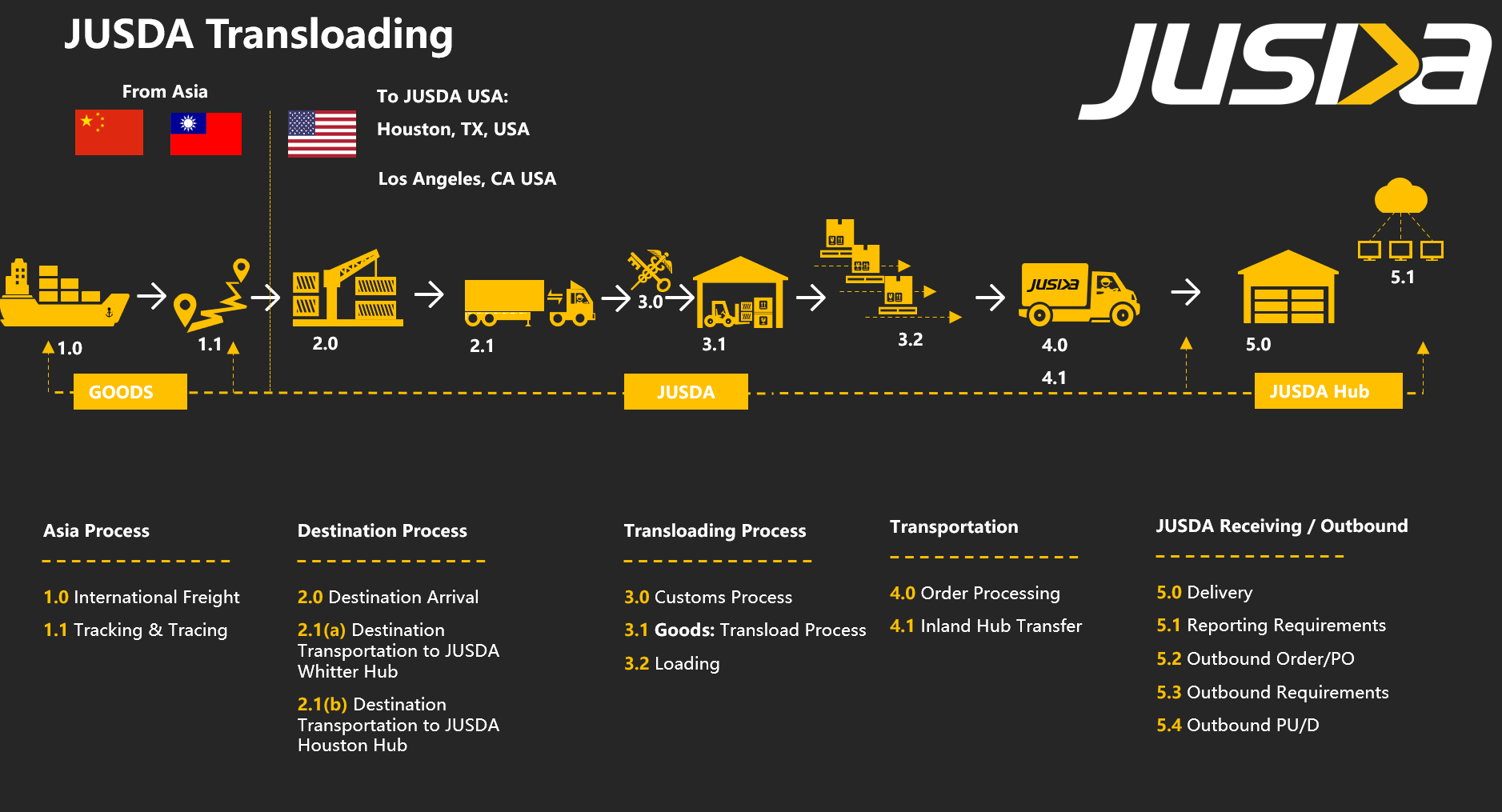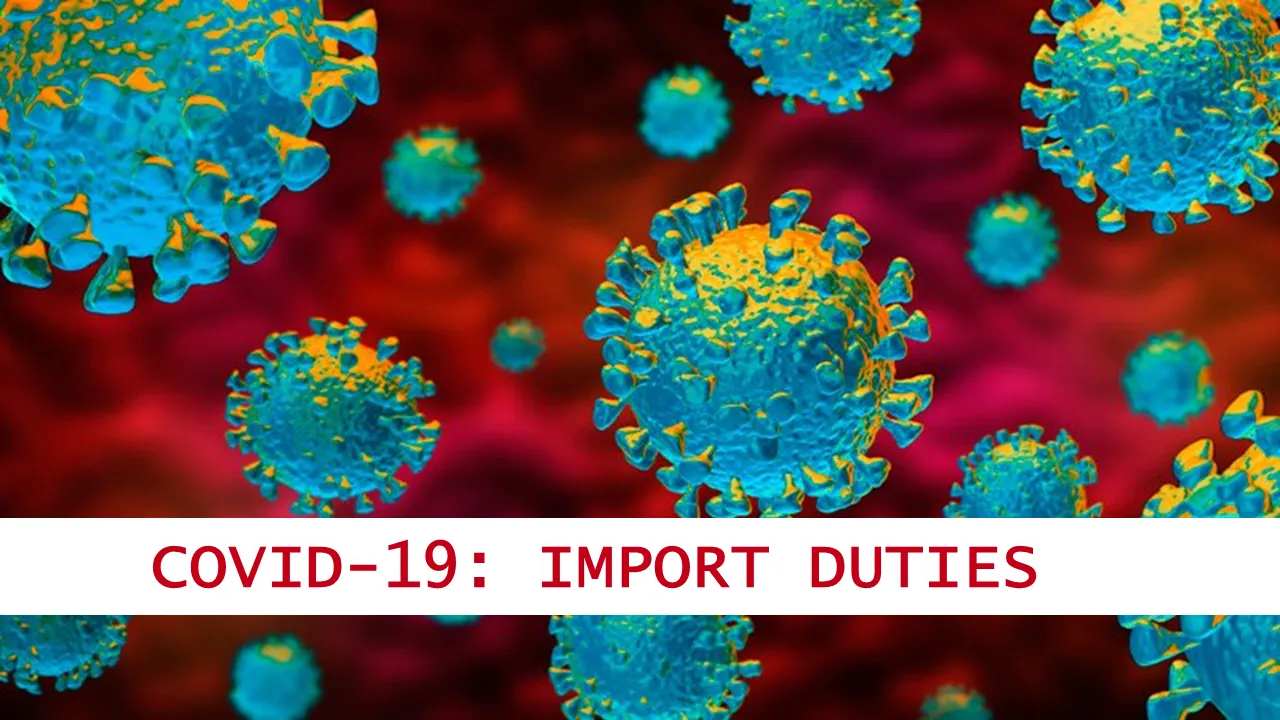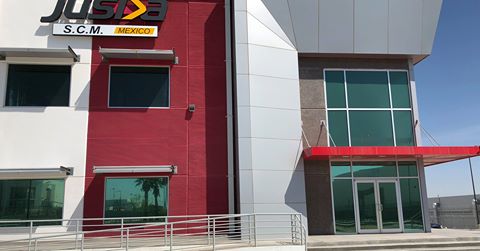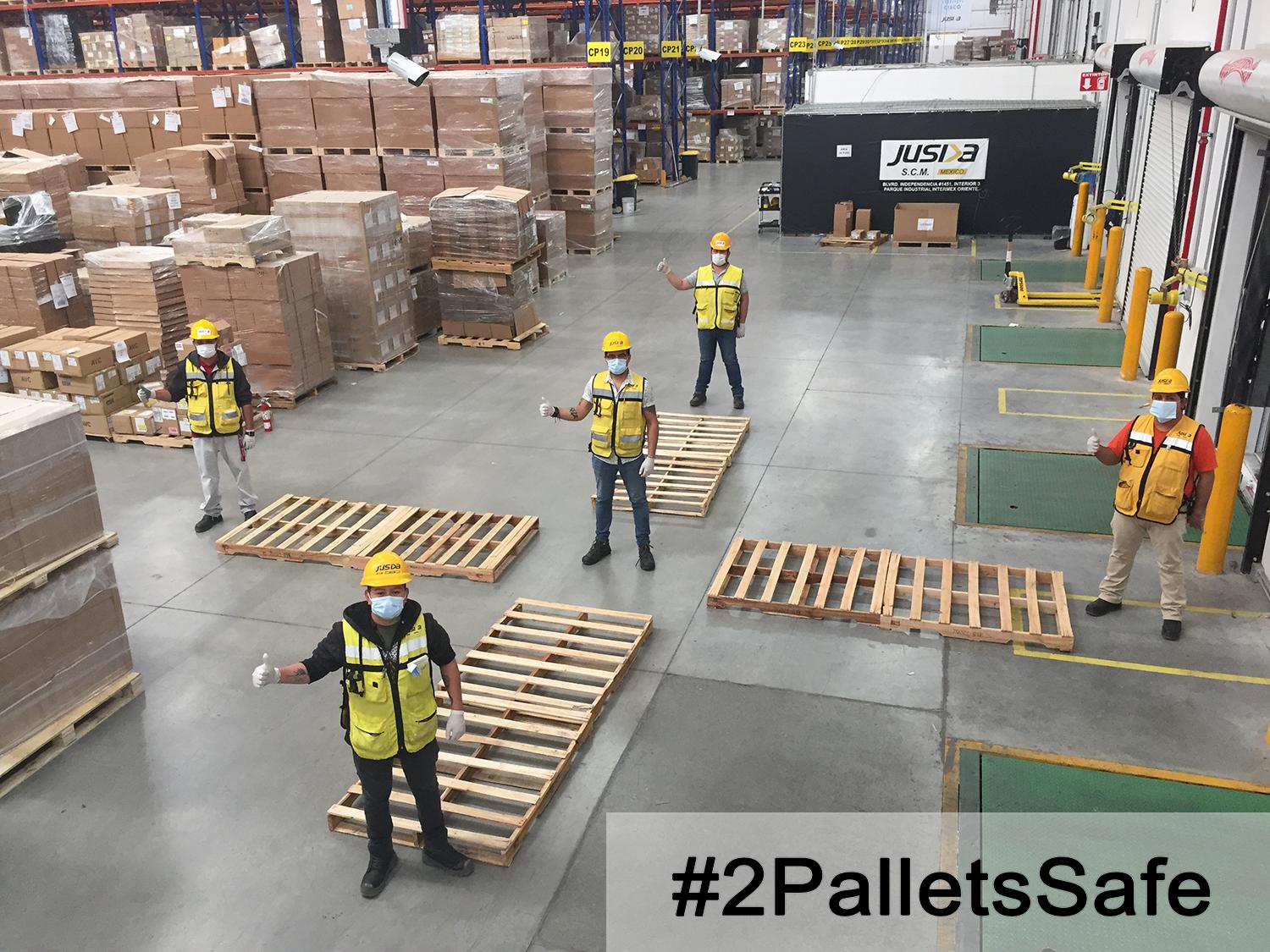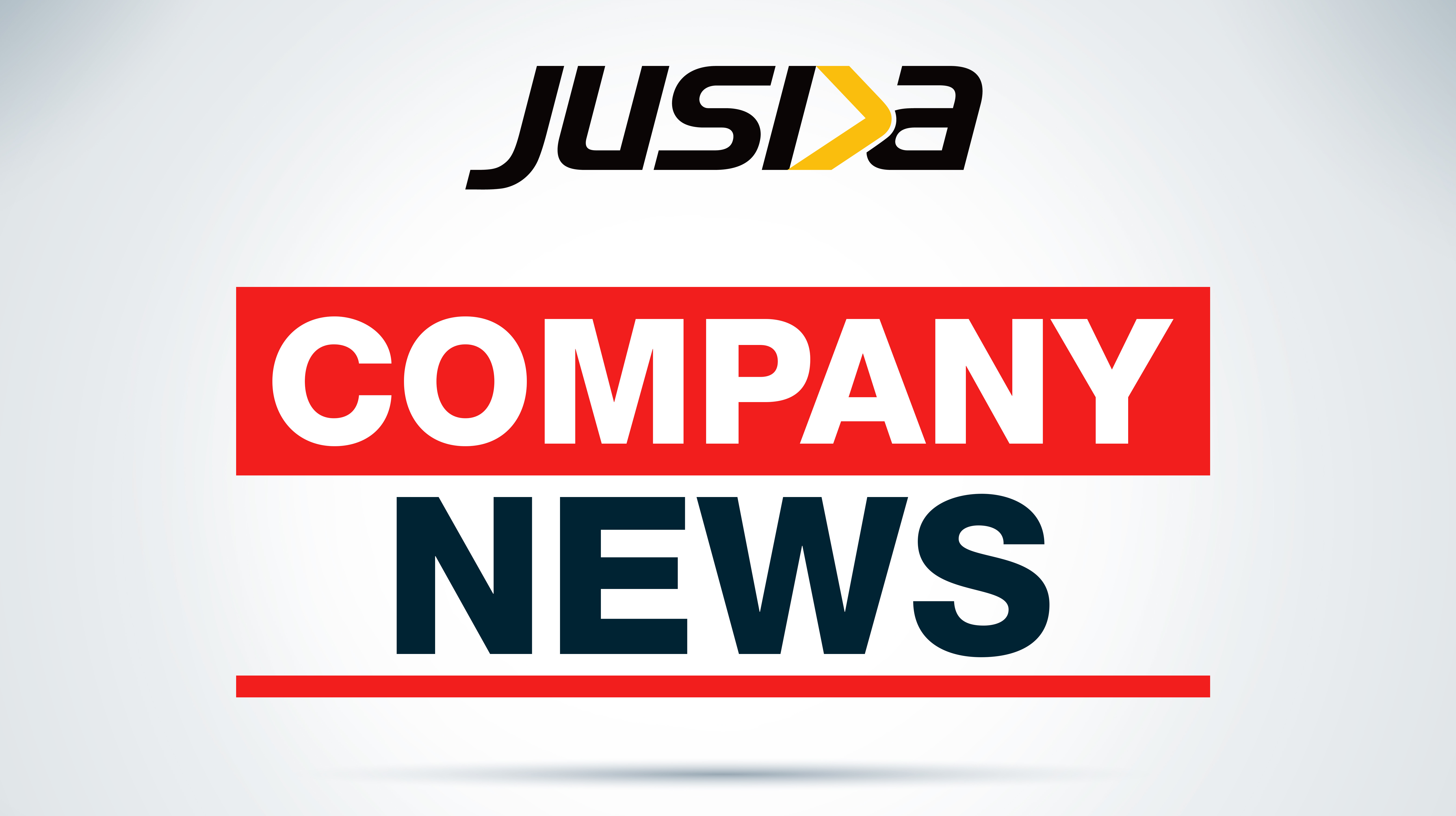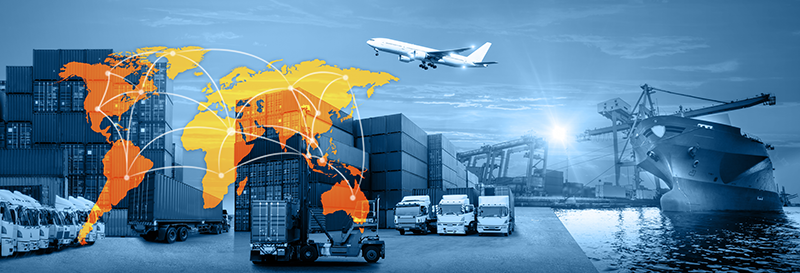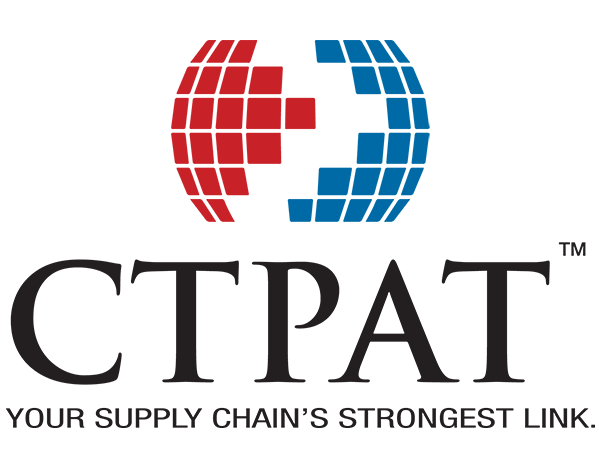
Government Partnerships
CTPAT
The U.S. Customs Trade Partnership Against Terrorism (CTPAT) seeks to safeguard the world’s vibrant trade industry from terrorists, maintaining the economic health of the U.S. and its neighbors. The partnership develops and adopts measures that add security but do not have a chilling effect on trade, a difficult balancing act.
A Growing Partnership
The program began in November 2001. Today, there are more than 11,500 certified companies. CTPAT Members account for over 52% (by value) of all cargo imported into the United States.
Below is a breakdown of the 11,500+ CTPAT Certified companies:
- U.S. Importers 4,139
- U.S. Exporters 357
- U.S. Customs Brokers 857
- Consolidators 869
- Air Carriers 38
- Sea Carriers 78
- Rail Carriers 11
- Foreign Manufacturers 1,682
- Marine Port Authority & Terminal Operators 66
- Third Party Logistics Providers (3PLs) 111
- Mexican Long Haul Carriers 430
Extending the Zone of U.S. Border Security
By extending the United States’ zone of security to the point of origin, the customs‐trade partnership allows for better risk assessment and targeting, freeing U.S. Customs and Border Protection (CBP) to allocate inspectional resources to more questionable shipments.
Companies must be eligible and agree to comply with the CTPAT Security Criteria. In return CBP provides incentives and benefits like expedited processing.
How it Works
When companies join the partnership, companies sign an agreement to work with CBP to protect the supply chain, identify security gaps, and implement specific security measures and best practices. Additionally, partners provide CBP with a security profile outlining the specific security measures the company has in place. Applicants must address a broad range of security topics and present security profiles that list action plans to align security throughout their supply chain.
CTPAT members are considered low‐risk and are therefore less likely to be examined. This designation is based on a company’s past compliance history, security profile, and the validation of a sample international supply chain.
Benefits
Reduction in U.S. Customs Inspections
When cargo is imported, CBP assigns an undisclosed risk value to each shipment; assessing such risk factors as: country of origin, supplier, type of product, developed intelligence.
When a CTPAT certified company imports cargo, CBP deducts points from the risk value. This results in the imported cargo being placed in a preferred category. Even if the shipment is selected to be inspected, the process is faster if the shipment is being imported by a CTPAT certified U.S. importer.
All of this translates into reduced inspection fees, customs fees, cargo fees, increased speed to market and an immediate positive effect on a company’s bottom line.
Entries filed by Tier II CTPAT certified U.S. importers are 3.5 times less likely to be selected for a security based examination whereas Tier III CTPAT certified U.S. importers are 9 times less likely to be selected.
Front of the Line Privileges
- Granted to full CTPAT containers/trailers that are selected for an examination.
- To the extent possible and practicable the containers/trailers can be moved ahead of any non CTPAT containers/trailers awaiting exam, regardless of how long they have been there.
- Containers/trailers will not wait as long in line at a Container Examination Site.
- Overall: Reduction in time and cost of getting cargo released by U.S. Customs
Priority Access
In the event of a national emergency or terrorist act, which results in the closing of an airport, land or sea port of Entry; CTPAT certified shipments will have priority access into the U.S. once the U.S. Port of Entry reopens.
Free and Secure Trade (FAST) Lanes
Expedited clearance across the borders between the U.S. & Canada / U.S. & Mexico via dedicated FAST lanes.
Additional Benefits
- Maintain business relationship with an existing customer that is requiring your Company to be certified
- Obtain new customers
- Increase competitiveness
- Minimize the probability of a disruption to your supply chain
- Improve predictability in importing cargo from abroad or transporting cargo to the U.S.


